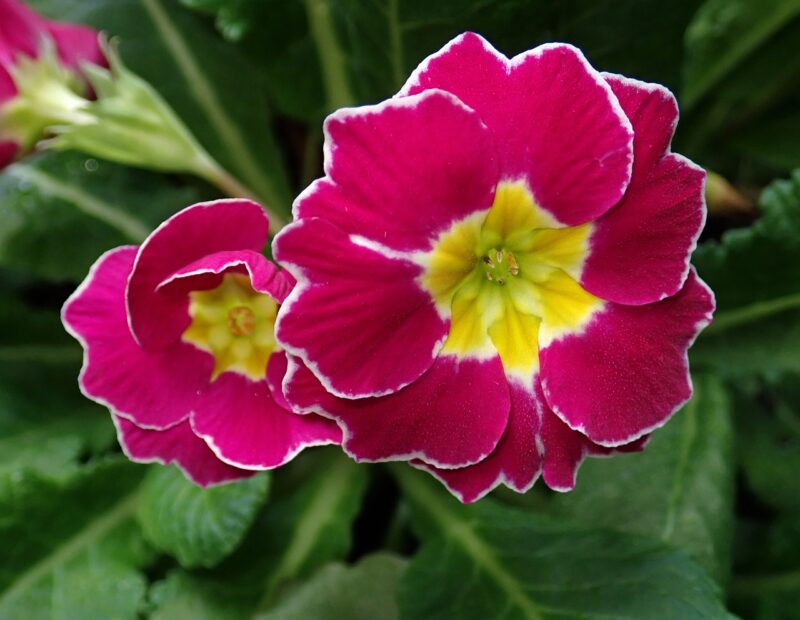January is a transitional month in California’s gardening calendar. The weather varies significantly across the state, influenced by its diverse geography, from coastal regions to mountainous areas.
This means there are plenty of choices available for what to plant in January across various USDA zones, ranging from USDA Hardiness Zone 5 in northern regions to Zone 10 in southern areas.
In this blog post, we will explore the best vegetables, flowers, herbs, and landscape plants to consider for planting in January in California.
Vegetables To Plant In January
California’s mild winters allow for a variety of vegetables to be planted in January, particularly in the warmer southern regions. Here’s a compilation of ten vegetables suitable for planting, complete with their temperature tolerance and recommended planting dates based on USDA zones.
Peas (Pisum sativum)

Temperature Tolerance: 32°F to 75°F.
USDA Zones: 3 to 10.
Planting Dates: Mid to late January.
Peas are cool-season crops that germinate best in cool soil. They can be sown directly into the garden in mid to late January in all zones. In coastal areas (Zone 10), you can start as early as mid-January. Ensure the soil is well-drained, and provide trellising support to allow climbing varieties to flourish.
Lettuce (Lactuca sativa)

Temperature Tolerance: 40°F to 75°F.
USDA Zones: 4 to 10.
Planting Dates: All of January.
Lettuce thrives in cool weather and can be continuously sown throughout January. The benefits of succession planting include a steady harvest over time. In the warmer zones, consider varieties like Butterhead or Romaine, whereas, in the cooler regions, opt for leaf types that will tolerate frost.
Spinach (Spinacia oleracea)

Temperature Tolerance: 20°F to 75°F.
USDA Zones: 3 to 10.
Planting Dates: Early January to mid-January.
Spinach is exceptionally hardy and can withstand light frosts. For areas in northern California (Zones 3-6), sow seeds early in January; in southern regions, late January can work as well. Ensure that you plant seeds about 1 inch deep and keep the soil consistently moist.
Carrots (Daucus carota)

Temperature Tolerance: 45°F to 85°F.
USDA Zones: 4 to 10.
Planting Dates: Throughout January.
Carrots can be sown directly into the garden now. These root vegetables prefer loose, sandy soil, which facilitates their growth. Plant seeds in rows about 1/4 inch deep, spaced adequately to allow for root development. In cooler zones, expect a longer germination period.
Radishes (Raphanus sativus)

Temperature Tolerance: 40°F to 85°F.
USDA Zones: 3 to 10.
Planting Dates: Early January.
Radishes are one of the fastest-growing vegetables, making them perfect for quick winter planting. Directly sow seeds in early January for a late winter harvest. They can tolerate cooler temperatures and will mature within just three to four weeks.
Garlic (Allium sativum)

Temperature Tolerance: 30°F to 85°F.
USDA Zones: 5 to 10.
Planting Dates: January for Southern California; best in fall for Northern regions.
Garlic can be planted in Southern California if you missed the fall window; however, in the cooler zones (like 5 and 6), it’s typically recommended to plant in the fall. When gardening in mild climates, plant garlic cloves upright about two inches deep, providing consistent moisture without waterlogging.
Swiss Chard (Beta vulgaris var. cicla)

Temperature Tolerance: 50°F to 80°F.
USDA Zones: 4 to 10.
Planting Dates: January.
Swiss chard is versatile and can handle cooler temperatures. Sow seeds directly into well-drained soil, spacing them enough to allow for growth. Chard has the advantage of providing harvestable greens for a long season.
Beets (Beta vulgaris)

Temperature Tolerance: 30°F to 75°F.
USDA Zones: 3 to 10.
Planting Dates: Throughout January.
Beets can be sown directly in the garden during January and thrive best in well-drained soil with good sunlight. Plant beet seeds about 1 inch deep, spacing them out to allow for root growth. They often require consistent moisture until established.
Cabbage (Brassica oleracea var. capitata)

Temperature Tolerance: 32°F to 75°F.
USDA Zones: 3 to 10.
Planting Dates: Start seeds indoors in early January; transplant outdoors later in the month.
Cabbage can tolerate colder temperatures and should be sown indoors in northern California for later transplanting. For warmer areas, direct sowing can take place toward the end of January. Heated soil will help seedlings establish.
Broccoli (Brassica oleracea var. italica)

Temperature Tolerance: 65°F to 70°F.
USDA Zones: 3 to 10.
Planting Dates: Late January.
While broccoli can be started indoors for transplanting, late January is appropriate for direct sowing in warmer areas. It needs nutrient-rich soil and full sun. In cooler climates, consider using floating row covers to protect young plants from frost.
Flowers To Plant In January
January is a great time for flower enthusiasts to get a head start on the blooming season. With the right selection of flowers, you can enjoy vibrant colors in your landscape come spring. Here are ten flowers that can be planted in January:
Pansies (Viola tricolor var. hortensis)

Temperature Tolerance: 20°F to 70°F.
USDA Zones: 6 to 10.
Planting Dates: Throughout January.
Pansies are hardy annuals known for their resilience in cooler weather. They can be planted throughout January in Southern California and into February in more northern areas. Ensure they’re in well-drained soil for optimal growth.
California Poppy (Eschscholzia californica)
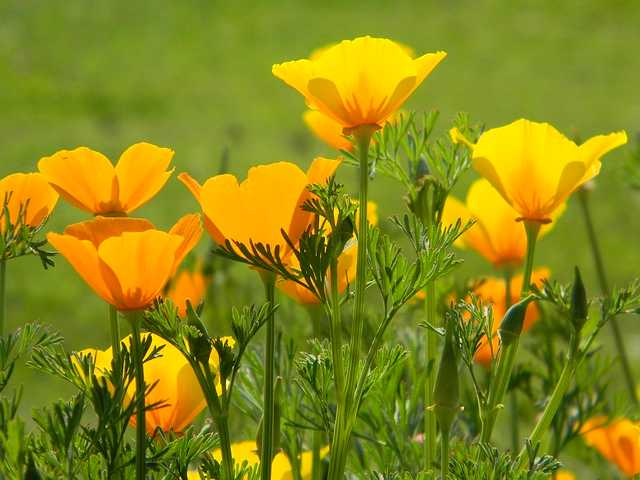
Temperature Tolerance: 40°F to 85°F.
USDA Zones: 6 to 10.
Planting Dates: Early January.
As the state flower, California poppies can be sown directly in January, especially in warmer zones. They thrive in poor, well-drained soil and require minimal watering once established, making them perfect for drought-tolerant gardens.
Snapdragons (Antirrhinum majus)

Temperature Tolerance: 40°F to 80°F.
USDA Zones: 7 to 10.
Planting Dates: Mid to late January.
Snapdragons come in various heights and colors, making them a versatile choice for flower beds. They can be direct seeded or planted as young plants. Provide ample sunlight and moderate watering for the best results.
Sweet Peas (Lathyrus odoratus)

Temperature Tolerance: 40°F to 70°F.
USDA Zones: 3 to 10.
Planting Dates: Late January.
Sweet peas are known for their delightful fragrance and unique flowers. Late January is ideal for planting, providing support structures as they grow. Ensure the soil is rich and well-draining.
Daffodils (Narcissus)

Temperature Tolerance: 25°F to 70°F.
USDA Zones: 4 to 9.
Planting Dates: Early January for late-blooming varieties.
If you have missed the traditional fall planting season, you can still plant some daffodil bulbs in warmer areas. Daffodils require well-drained soil and sunny conditions to thrive, blooming magnificently in early spring.
Larkspur (Consolida ajacis)

Temperature Tolerance: 30°F to 75°F.
USDA Zones: 3 to 10.
Planting Dates: Early to mid-January.
Larkspur is a beautiful annual that does well in cool weather. Sow seeds directly in the garden, ideally spaced to allow for air circulation and support. They perform best in well-draining soils and will offer striking blue flowers.
Alyssum (Lobularia maritima)

Temperature Tolerance: 35°F to 75°F.
USDA Zones: 3 to 10.
Planting Dates: Throughout January.
Alyssum is an excellent choice for early winter planting due to its quick germination and fragrant blooms. Direct sow seeds into the garden for a carpet of colorful flowers by spring.
Primrose (Primula vulgaris)

Temperature Tolerance: 20°F to 70°F.
USDA Zones: 4 to 10.
Planting Dates: Throughout January.
Primrose enjoys the cooler weather of January and can flourish if planted in shaded areas with moist, well-draining soil. They bloom beautifully in early spring, adding color to the garden when few others are in flower.
Cyclamen (Cyclamen persicum)
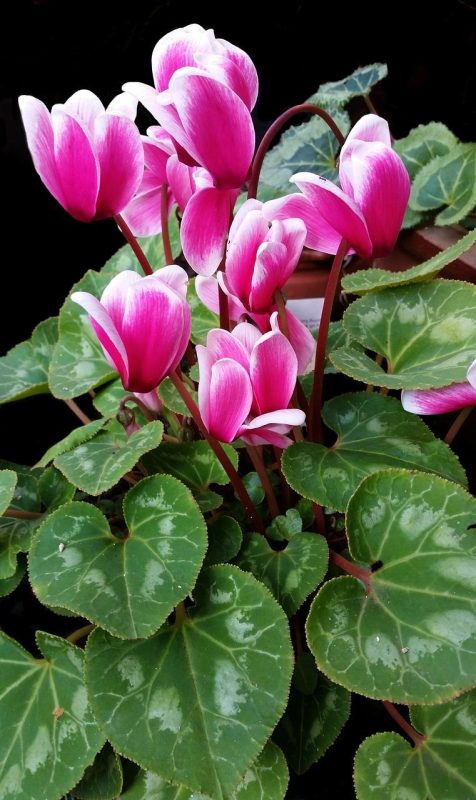
Temperature Tolerance: 20°F to 70°F.
USDA Zones: 8 to 10.
Planting Dates: January is suitable for planting.
Cyclamen can be grown indoors or in shaded outdoor gardens. Plant tubers just below the surface, providing indirect sunlight and moderate watering to maintain the soil’s moisture.
Polyanthus (Primula x polyantha)
Temperature Tolerance: 25°F to 65°F.
USDA Zones: 6 to 9.
Planting Dates: January for cool-season color.
Polyanthus is perfect for adding early spring color to your garden. These plants prefer partial shade and should be planted in well-draining soil for the best outcome.
Herbs To Plant In January
Herbs can enhance culinary dishes while providing aromatic qualities to your garden. January is a suitable time to plant a variety of herbs, particularly in milder regions of California. Here are ten herbs to consider:
Parsley (Petroselinum crispum)

Temperature Tolerance: 40°F to 75°F.
USDA Zones: 4 to 10.
Planting Dates: Throughout January.
Parsley can be direct-seeded into the garden. This herb is cold-tolerant, making it ideal for January planting. Ensure the soil is rich and well-drained for the best growth.
Cilantro (Coriandrum sativum)

Temperature Tolerance: 50°F to 85°F.
USDA Zones: 3 to 10.
Planting Dates: Mid to late January.
Cilantro thrives in cooler temperatures, making January suitable for plantings. Sow seeds directly into well-prepared soil; it prefers full sun and consistent moisture.
Chives (Allium schoenoprasum)

Temperature Tolerance: 25°F to 75°F.
USDA Zones: 3 to 10.
Planting Dates: Throughout January.
Chives can be direct seeded, or divided in the garden. These perennial herbs tolerate cooler weather with minimal fuss. Plant in full sun for bright green foliage.
Thyme (Thymus vulgaris)

Temperature Tolerance: 40°F to 75°F.
USDA Zones: 5 to 10.
Planting Dates: Late January is optimal.
Thyme is a perennial herb that can be planted from seed or cuttings. Choose an area with good drainage and full sun exposure, as this herb thrives under dry conditions.
Oregano (Origanum vulgare)

Temperature Tolerance: 40°F to 80°F.
USDA Zones: 5 to 10.
Planting Dates: Late January to early February.
Oregano can be sown from seed or transplants. This hardy perennial herb prefers well-drained soil and plenty of sunlight, making it ideal for drought-tolerant landscapes.
Sage (Salvia officinalis)

Temperature Tolerance: 35°F to 85°F.
USDA Zones: 5 to 10.
Planting Dates: January is suitable for planting.
Sage can be started from seeds or transplants. Ensure it has ample sunlight and well-drained soil. The fragrance and flavor from this herb will enhance many dishes once established.
Basil (Ocimum basilicum)

Temperature Tolerance: 60°F to 90°F.
USDA Zones: 9-10; otherwise, start indoors.
Basil prefers warmer temperatures and is generally not suitable for outdoor planting until the danger of frost has passed in most USDA zones. You can start indoors in late January for transplanting later.
Mint (Mentha)
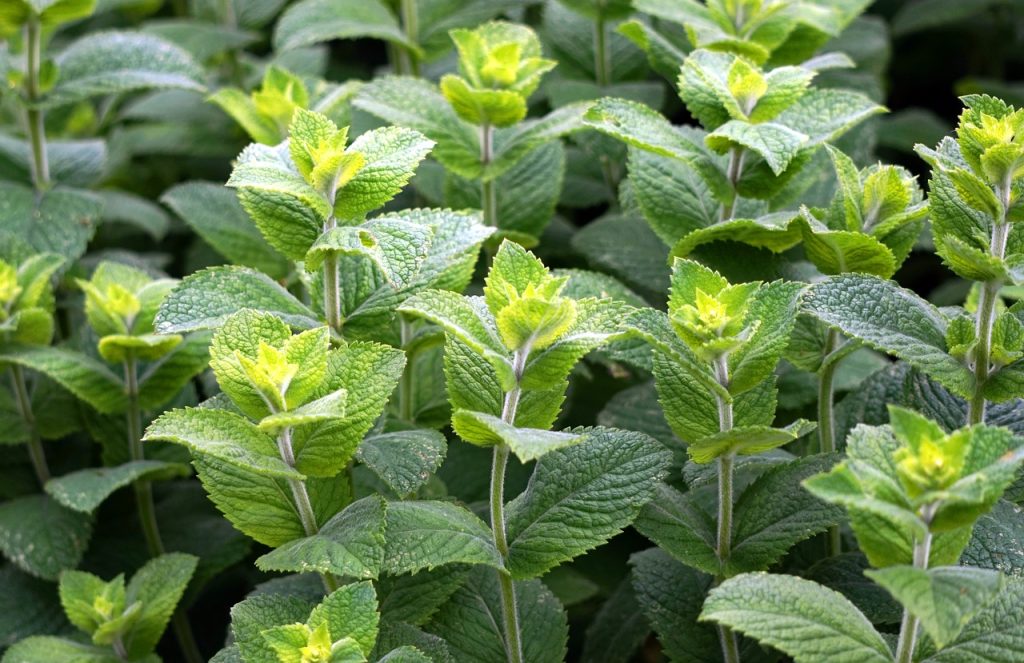
Temperature Tolerance: 50°F to 75°F.
USDA Zones: 3 to 10.
Planting Dates: Throughout January.
Mint thrives in moist, rich soil and can be propagated from cuttings or seeds. Be cautious of its invasive growth habits. Consider planting in a contained space or pot.
Dill (Anethum graveolens)

Temperature Tolerance: 50°F to 80°F.
USDA Zones: 3 to 10.
Planting Dates: Late January to early February.
Dill prefers cool weather and can be direct sowed. Choose a sunny spot in the garden to facilitate healthy growth, which will allow it to develop its signature flavor.
Fennel (Foeniculum vulgare)

Temperature Tolerance: 40°F to 85°F.
USDA Zones: 3 to 10.
Planting Dates: Late January.
Fennel can be direct seeded or started indoors. It enjoys sunny locations with well-drained soil—just ensure to water it adequately during the growing process.
Landscape Plants To Plant In January
Landscape plants add structure, color, and texture to gardens. January is a good month for planting various perennials and shrubs that can withstand cold weather. Here’s a look at ten plants suitable for planting this month:
Hellebores (Helleborus spp.)
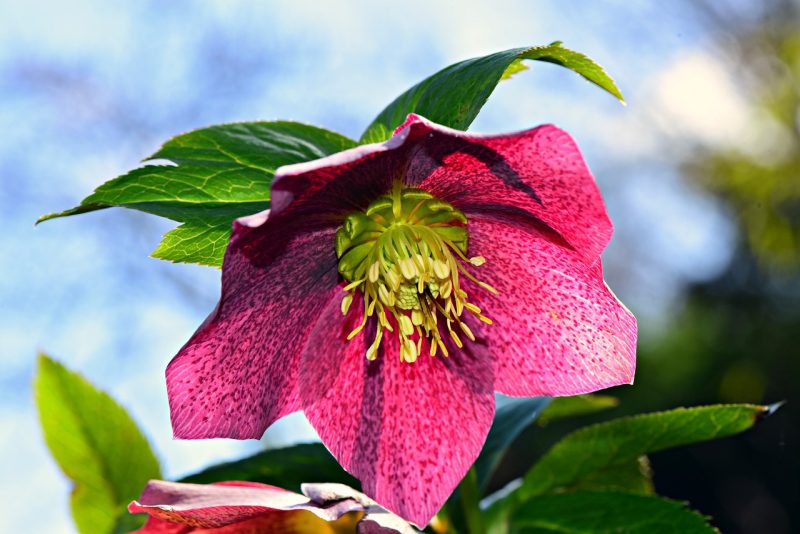
Temperature Tolerance: 20°F to 75°F.
USDA Zones: 4 to 9.
Planting Dates: January for early blooms.
Hellebores are hardy perennials that bloom in winter to early spring, providing much-needed color in late winter gardens. Plant them in a shaded, well-drained area to keep the roots cool.
Camellia (Camellia spp.)

Temperature Tolerance: 10°F to 80°F.
USDA Zones: 6 to 10.
Planting Dates: Throughout January.
Camellias are known for their stunning blooms and can flourish when planted in January. They prefer acidic, well-draining soil and partial shade to full sun for optimal growth.
Azaleas (Rhododendron spp.)

Temperature Tolerance: 20°F to 80°F.
USDA Zones: 6 to 9.
Planting Dates: Best to plant in January.
Azaleas bring splashes of color to gardens once they bloom in spring. They prefer moist, well-draining soil and grow well in partial shade, making them ideal for woodland gardens.
Lavender (Lavandula spp.)

Temperature Tolerance: 20°F to 90°F.
USDA Zones: 5 to 10.
Planting Dates: Late January for warm zones.
Lavender is drought-tolerant and thrives in warm climates. It requires full sun and well-draining soil, making it perfect for California gardens. Plant in late January for best results.
Japanese Maple (Acer palmatum)

Temperature Tolerance: 10°F to 80°F.
USDA Zones: 5 to 9.
Planting Dates: Early January is optimal.
Japanese Maples add stunning beauty with their graceful form and vibrant fall color. Choose a location with partial shade and good drainage for planting in January.
Crape Myrtle (Lagerstroemia indica)

Temperature Tolerance: 10°F to 100°F.
USDA Zones: 6 to 10.
Planting Dates: Late January is great for planting.
Crape myrtles are invaluable for their long-lasting summer blooms and attractive bark. They thrive in full sun and well-draining soil, making them a favorite in sunny landscapes.
Nandina (Nandina domestica)
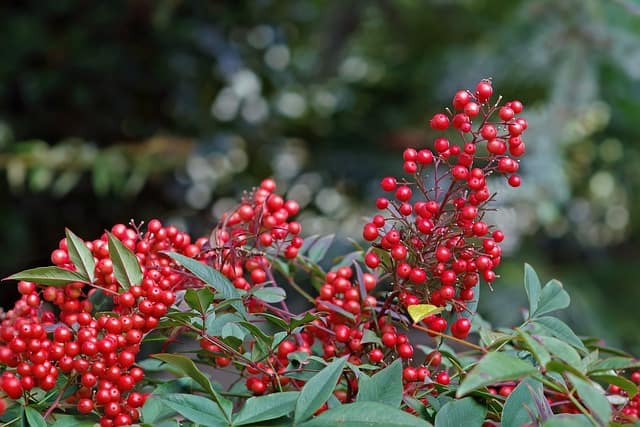
Temperature Tolerance: 10°F to 100°F.
USDA Zones: 6 to 9.
Planting Dates: January for better establishment.
Nandina provides year-round interest with its foliage and berries. It prefers well-drained soil and can thrive in various sunlight conditions, making it versatile for landscape design.
Ferns (Various Species)

Temperature Tolerance: 30°F to 85°F.
USDA Zones: 3 to 10 depending on species.
Planting Dates: January for shade-loving varieties.
Ferns are excellent for adding lush greenery to shaded areas. They thrive in rich, moist soil and can create a beautiful backdrop for other plants in your landscape.
Bamboo (Various Species)
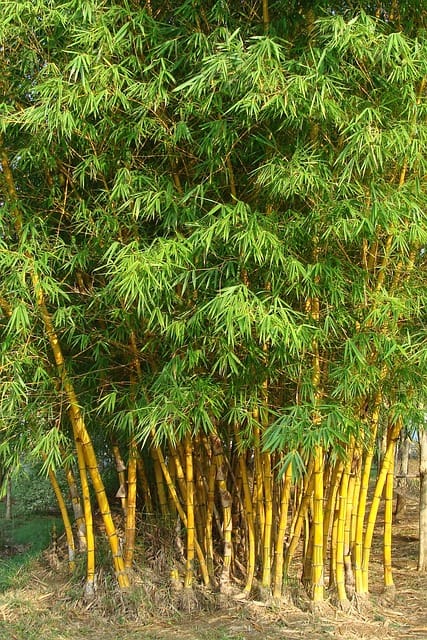
Temperature Tolerance: 15°F to 100°F.
USDA Zones: 5 to 10 depending on species.
Planting Dates: January is a great month for planting.
Bamboo can create natural privacy screens or windbreaks in the garden. Choose species suited for your climate and ensure well-drained soil to promote healthy growth.
Succulents (Various Species)

Temperature Tolerance: 20°F to 120°F.
USDA Zones: 5 to 10.
Planting Dates: January can be suitable for various species.
Succulents are low-maintenance plants perfect for dry conditions. They thrive in well-draining soil and require full sun, so choose drought-tolerant varieties for your landscape.
FAQ
What types of plants are best for planting in January in California?
Vegetables like peas and lettuce, flowers such as pansies and California poppies, various herbs, and resilient landscape plants, including hellebores and camellias, can all be suitable for planting in January.
Which USDA zones in California should I be aware of for planting in January?
California spans USDA Hardiness Zones 5 through 10. Each zone has different temperature tolerances, impacting the types of plants you can successfully grow.
Is it too early in January to plant my garden?
No, January remains a productive time for planting cool-season crops and flowers. However, consider local frost dates and select plants that can handle the cooler temperatures.
How can I protect my young plants from potential frost?
You can cover young plants with floating row covers, cloth, or mulch. Ensure to check local weather reports to be aware of any frost warnings.
Can I start seeds indoors in January?
Yes, starting seeds indoors for tomatoes, peppers, and herbs provides a jumpstart for spring planting. Just ensure they have adequate light and warmth.
Are there specific soil amendments I should consider for January planting?
Adding compost or well-rotted manure will improve soil fertility and structure. This is particularly beneficial for vegetables and flowering plants.
How can I ensure successful germination for my seeds planted in January?
Maintain consistent moisture, provide warmth, and ensure proper sunlight exposure for your seeds. Using seed trays with a heating mat can facilitate germination for warmth-loving seeds.
When is the best time to water my garden after planting in January?
Water immediately after planting, then regularly monitor moisture levels. Avoid overwatering as seedlings are establishing, especially in heavier soils.
What are the potential pest issues I should look out for during this time?
Common pests like aphids, slugs, and snails can be problematic during winter and early spring. Regularly inspect plants for signs of infestation.
What should I do if I want to stagger my harvests?
Practice succession planting by sowing small amounts of seeds every two weeks. This ensures a continuous supply of fresh produce throughout the season.



